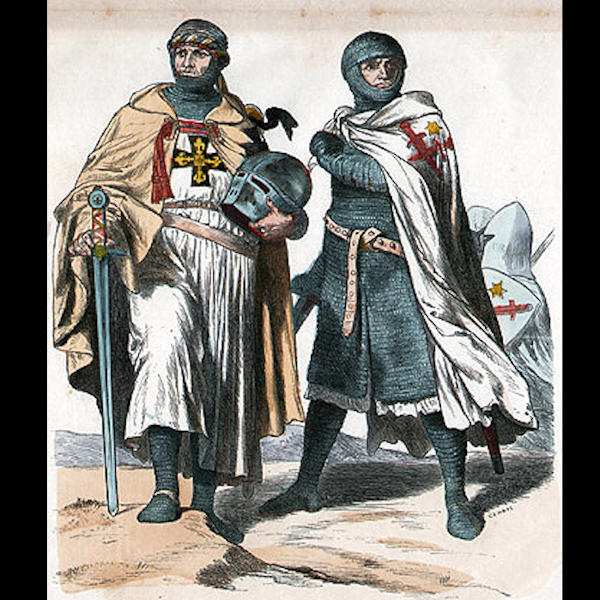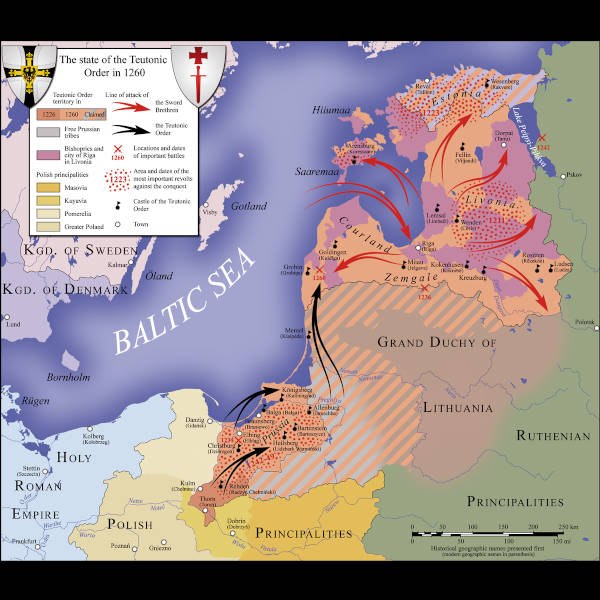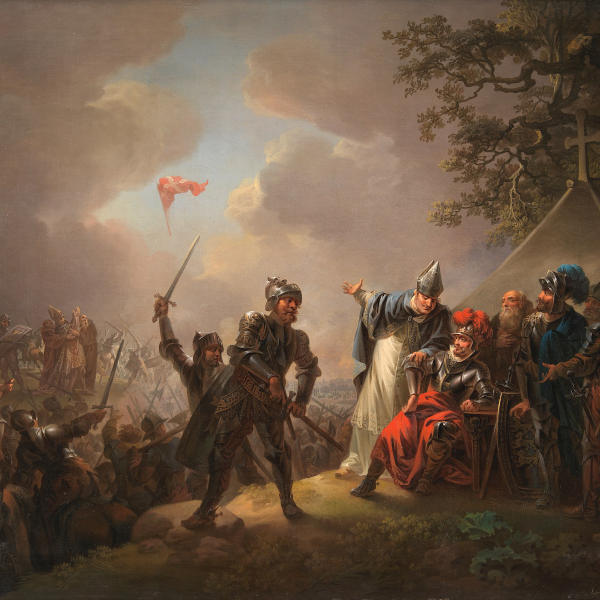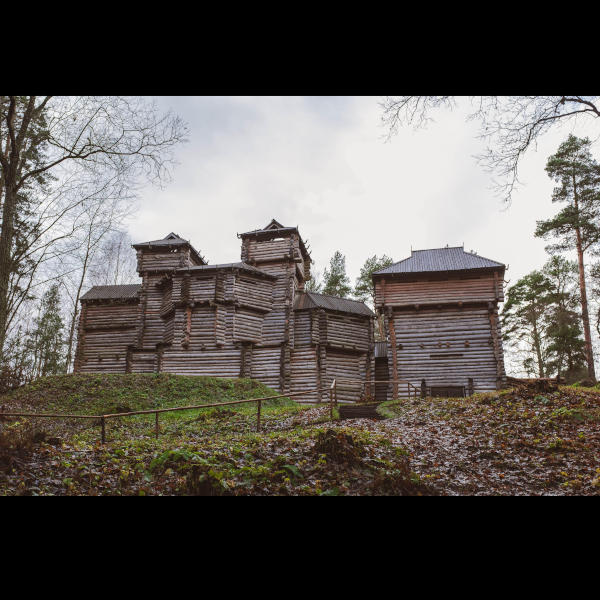DNA spotlight
Livonian Crusade

In the middle of the 12th century after the Wendish Crusade, pagan lands in northern Germany and Poland were annexed by Poles, Danes and Germans. To the east of Pommerania lay the pagan Baltic and Finnic tribes of Livonia (modern day Baltic countries). In 1184, the first Catholic mission entered Livonia and found a few converts to Christianity. After Berthold of Hannover was killed in 1198, Pope Innocent III called for a crusade against these pagans. Riga was established as the center of Christian rule in the region to launch these campaigns. In 1202, the Livonian Brothers of the Sword was created as an order of warrior monks to league the Crusade.

In 1206, the Danes joined the Crusades temporarily but failed to conquer the ancient island of Saaremaa off the coast of Estonia. Unlike in the Holy Land, there were few nobles and monarchs - in order to keep troop numbers for the raids, Albert of Riga visited Germany once per year to find new recruits. Between 1207 and 1209, many Livonian tribes were subdued and converted as their capitals were conquered. Next began the raids against Estonian tribes who fiercely resisted all attacks - until the Christian Kingdom of Novgorod joined in the Crusades severely weakening their forces. The Estonians launched numeroua counterattacks including a failed assault on Riga itself.

The Pope authorized King Valdemar II of Denmark to begin his own crusade on Estonia with thousands of troops, crushing the Estonians at the battle of Lyndanisse in 1219 where the Dannebrog, the Danish flag, fell from the sky and suddenly turned the tide of what was a losing battle. The Danes seized control of northern Estonia. The Swedish Kingdom was also eager to expand into the Eastern Baltic but struggled to take a foothold. King John I of Sweden and bishop Karl of Linkoping conquered Lihula in Western Estonia, but the Oeselians of Saaremaa killed the entire Swedish garrison including the Bishop himself.

The Crusaders began competing with each other and were unsatisifed with the lack of wealth in the region - as a result they began to raise taxes on the conquered lands. A rebellion began in Estonia in 1223 AD - it took decades for the population to be eventually subdued, and much of this was due to competing interests from neighboring powers. The Teutonic order eventually took over governance of the region from the Livonian Brothers of the Sword. The spotlight individual is a 25-35 year old male buried near an Estonian hillfort exactly as shown here. He was buried with a horse harness, weapons and coins from Gotland, Sweden and dates from approximately 1230 AD during these rebellions.
Medieval Livonian Crusader Knight
- Sample ID: IIg
- Year: 1230 AD
- Sex: Male
- Location: 59.4248,26.7165
